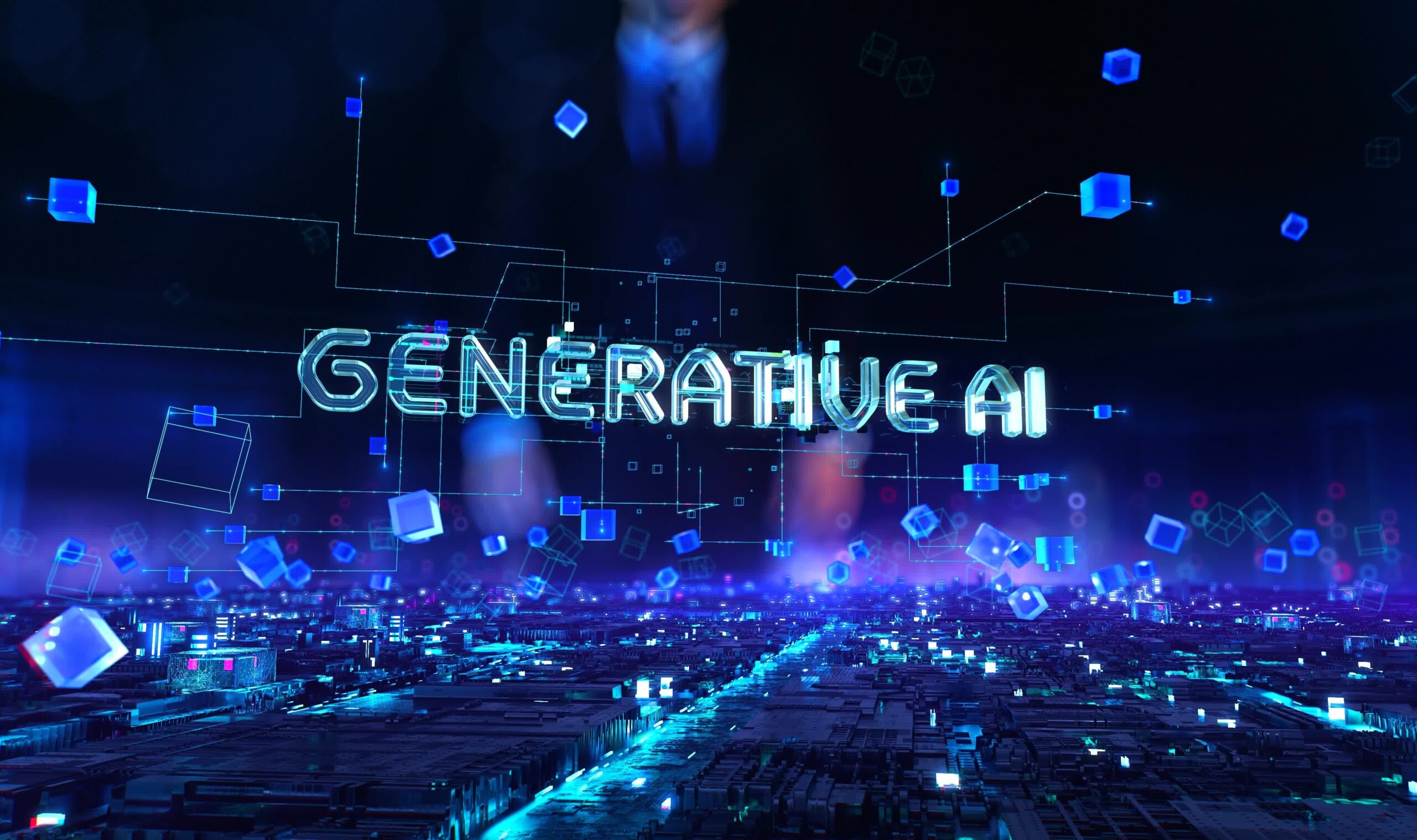As generative AI continues to gain popularity, the technology’s water consumption is also skyrocketing.
The technology, whose intake of energy is high, also consumes large volumes of water to cool off the generative AI servers. This is despite the fact that AI has been touted as a potential solution to reduce greenhouse emissions and the adverse impacts of climate change.
The guzzlers
According to a SiliconANGLE report, Microsoft reported that water consumption at its data center jumped 35% from 2021 to 2022.
In other words, the company used more than 1.7 billion gallons, or 6.4 billion liters, of water in 2022 alone, which is enough to fill up more than 2,500 Olympic-sized swimming pools.
Another leading player in generative AI, Google, also reported a significant increase in water consumption at its data centers during the same period.
An environmental report shows the amount of water consumed at Google was 20% higher in 2022 than in the prior year, although the rate of increase was uneven across its data centers.
According to SiliconANGLE, its Oregon facility, which has previously attracted negative headlines, had a steady usage of water during the past year.
But its Council Bluffs data centers used more potable water than other data centers.
Also read: Germany’s Military Tests AI Weapon Systems in the Metaverse
AI popularity driving water consumption
Experts have attributed the increase to the increased usage of generative AI, popularized by OpenAI after the launch of ChatGPT in November 2022.
“Most people are not aware of the resource usage underlying ChatGPT,” California scientist Shaolei Ren told the AP. Ren has done studies to assess the environmental impact of generative AI.
“If you’re not aware of the resource usage, then there’s no way that we can help conserve the resources,” said the scientist.
In a paper to be published later this year, Ren estimates that OpenAI’s GPT-3 guzzled about 85,000 gallons of water during its training. In the same paper, Ren says for each discussion that has about 25 to 50 questions, ChatGPT is likely to consume about a 500-milliliter bottle of water.
Different factors at work
The usage of water for cooling at data centers depends on a number of factors, such as location, season, and the type of technology being used at a particular data center.
While the enormous consumption of water may alarm environmentalists, analyst Holger Mueller of Constellation Research Inc. told SiliconANGLE that the more worrisome issue was energy consumption.
“Much of the water used by data centers is recycled, even if only by nature itself, but the same cannot be said for energy,” he said.
“It’s also worth noting that while attention is being focused on cloud data centers, these generally beat on-premise facilities in terms of efficiency due to greater utilization.” What’s more, both Microsoft and Google are commercially motivated to reduce their energy and water footprints.
Companies commit to rectify the challenge
When asked about their massive water consumption, Microsoft and OpenAI said they were aware of the challenge and were looking at reducing it.
Microsoft outlined its plan for the next seven years. The company promised to be more “water positive,” carbon negative, and waste-free by 2030.
OpenAI also promised to improve efficiency in water usage. Part of the solution includes lowering energy requirements, coupled with efficient algorithms and hardware.
Another solution includes locating data centers in the ocean, an initiative that Microsoft implemented in 2018, which reportedly improved energy efficiency. The tech giant has also indicated that underwater data centers mean there will be no need for cooling systems.











 and then
and then